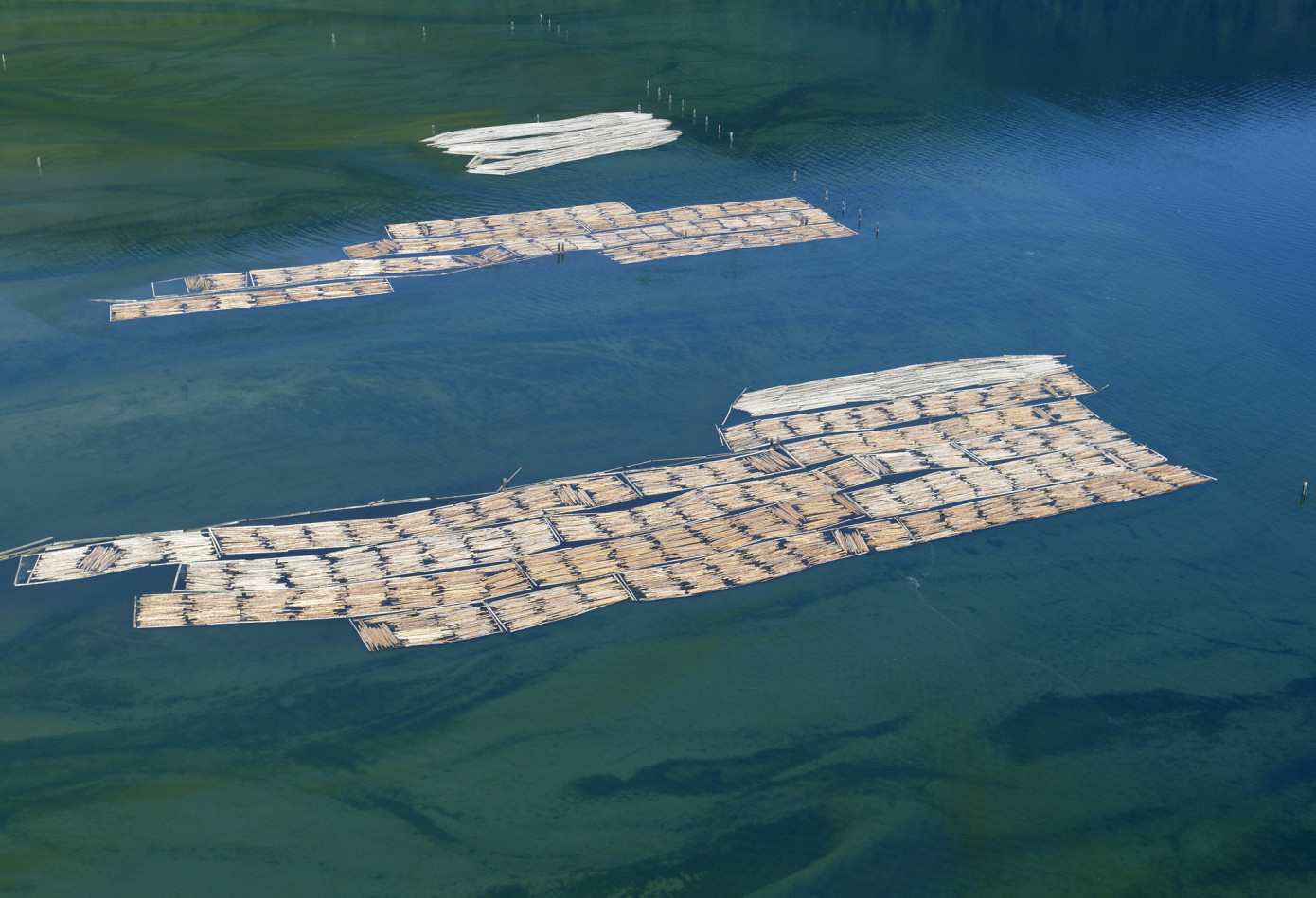British Columbia’s chief forester sets a new allowable annual cut (AAC) level for Tree Farm Licence (TFL) 46 on southern Vancouver Island.
The new AAC for TFL 46 is 360,000 cubic metres, a 5.5% reduction from the previous AAC set in 2012. This decision recognizes the suspension of old-growth harvesting in the Fairy Creek Watershed and the Central Walbran Valley through orders, identifying them as temporary deferral areas within TFL 46. The current temporary deferral areas remain in place. This new AAC supports old-growth forests, accounts for wildlife habitat retention, visual quality, and First Nations cultural heritage resources and practices, while allowing for sustainable harvest levels.
The determination includes two partitions within the AAC with specific rules: one allows no more than 180,000 cubic metres to be harvested from forest stands more than 250 years old, and the other permits no more than 180,000 cubic metres from stands 250 years old or less.
Before determining the new AAC, the chief forester sought public input and met separately with representatives from First Nations, tenure holders, and local governments. The determination considers socio-economic factors and interests identified by First Nations, including the protection of cultural heritage resources for cultural survival and the impact of climate change on water, berry gathering, and sustenance hunting.
TFL 46 covers 59,432 hectares on the west coast of Vancouver Island, overlapping the territories of nine First Nations: Cowichan Tribes, Ditidaht First Nation, Halalt First Nation, Lyackson First Nation, Pacheedaht First Nation, Penelakut Tribe, Stz’uminus First Nation, Ts’uubaa-asatx First Nation, and Snuneymuxw First Nation.
The chief forester’s AAC determination is an independent professional judgment based on technical forestry reports, First Nations consultations, public input, and the government’s social and economic objectives. Under the Forest Act, the chief forester must determine the AAC in each of the province’s 37 timber supply areas and 34 tree farm licences at least once every 10 years.
